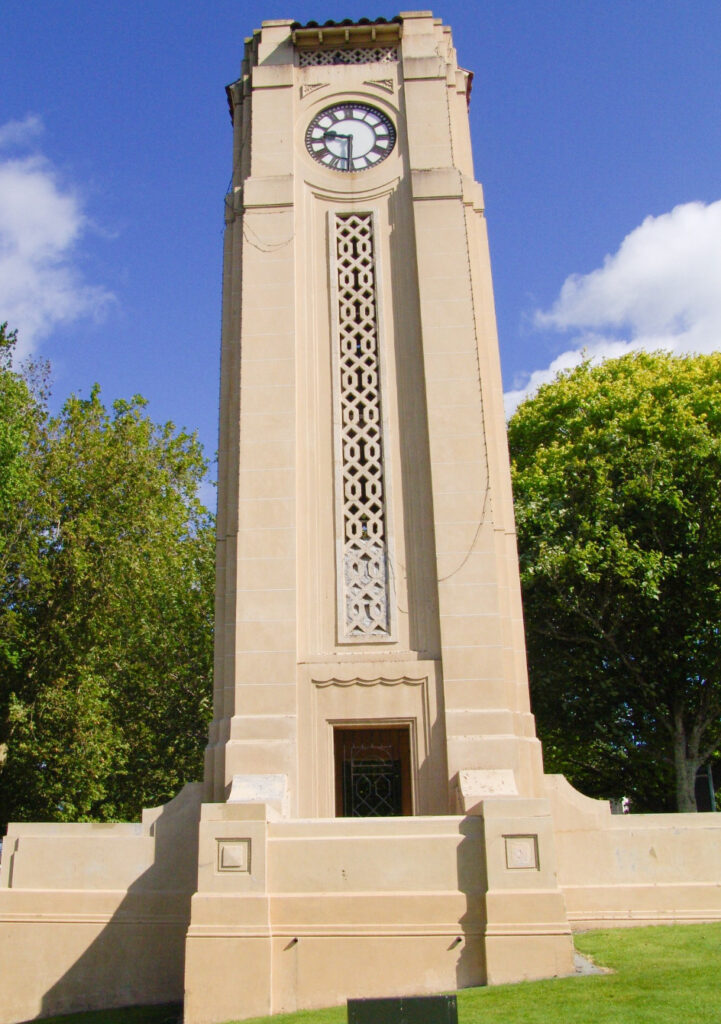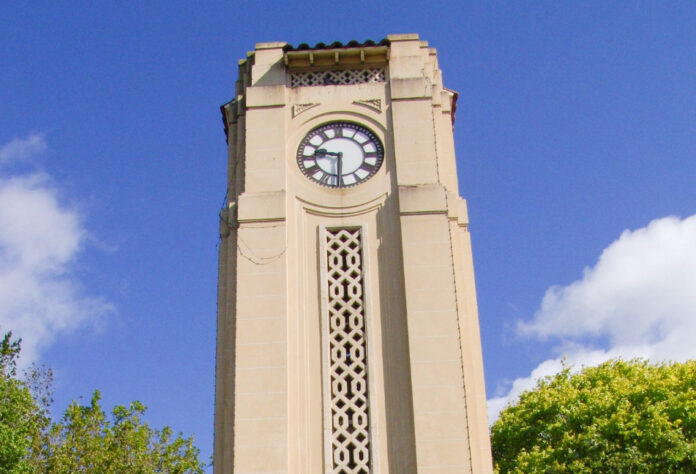Waipā District Council has revealed a major cost blow-out to its plans to repair and refurbish Cambridge’s historic town clock.
Council property services manager, David Varcoe said the rapidly declining state of the tower means restoration work needs to be done to preserve the iconic tower of Cambridge as soon as possible.
“The jump in costs, since August, reflects the unpredictable market for materials, the deteriorating condition of the tower and the challenging worksite the clock sits on,” he said.
Work on the exterior structure was already planned, with more than $250,000 budgeted by Council in the 2023-24 financial year. However, a series of clock failures and the external condition of the tower means a more comprehensive fix is required to extend the life of the Category Two Historic Structure, said Mr Varcoe.
The cost of the project now sits at $721,000 – up from the $450,000 approved in August. The additional costs will be loan funded, with no impact on rates in the current year, said Mr Varcoe.
The Council has awarded a contract to automate the clock mechanism and refurbish the tower to Livingstone Building New Zealand Limited.

“All three tenders were around the same price. This shows the true value of the work. This project requires materials from Italy and other parts of the New Zealand. The rate that material costs are increasing won’t stop any time soon. We can’t stop time to make it more affordable,” said Mr Varcoe.
“This is a specialist project. We need to look after the heritage structure and ensure the historical clock continues to tick for years to come. We can’t continue to put plasters on its open wounds. If we don’t invest now with waterproofing, clock mechanism and tower repairs, it’s only going to cost us more in the long run.”
“We really don’t want to get to a point where time stops for this community asset,” he said.
The work will include specialist contractors, removing, automating, and reinstalling the clock mechanism, as well as securing specialist plastering materials from overseas, plastering, steelwork, concrete, and electrical repairs.
The Council says it will be completed as a single, integrated project to avoid repeat site establishment costs.
Restoration work and servicing of the clock mechanism will begin in the new year. The project is set to be complete by June 30, 2024, with the clock out of action for much of that period.



